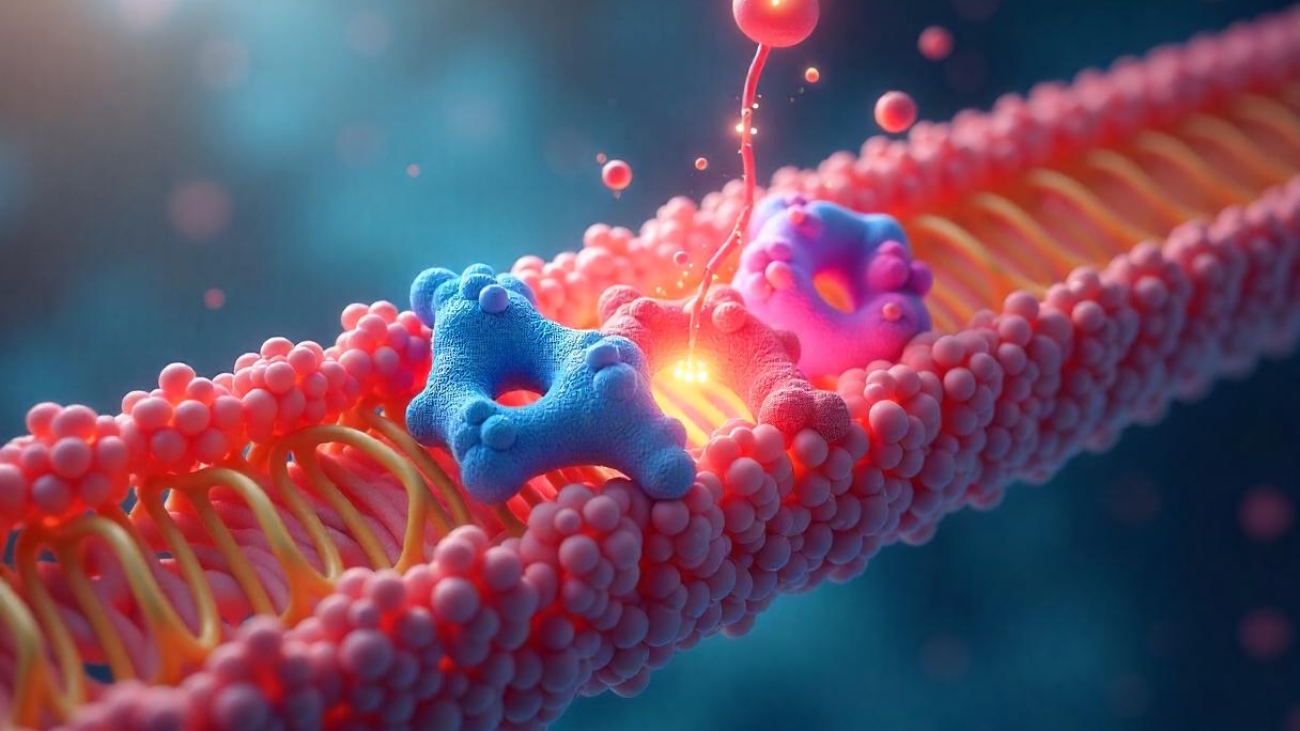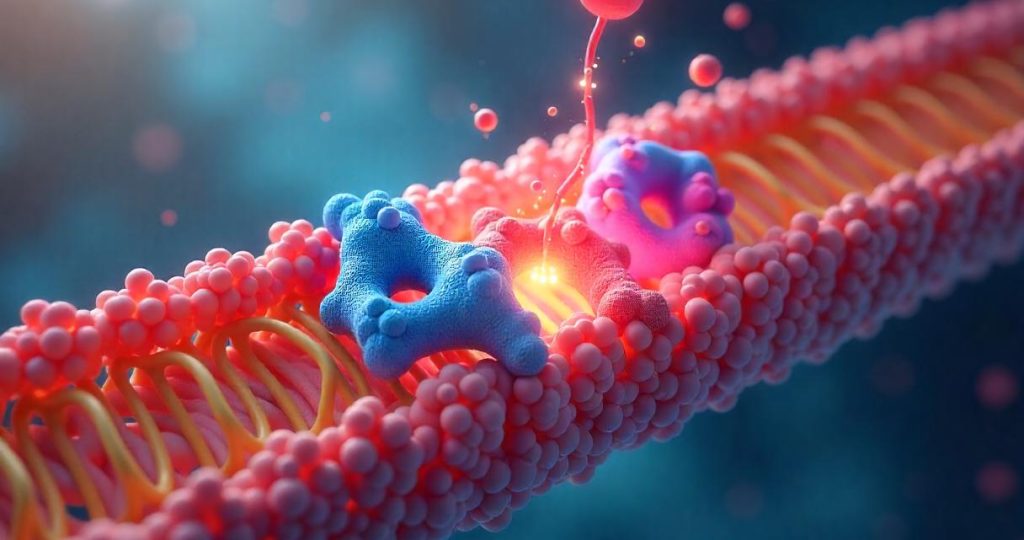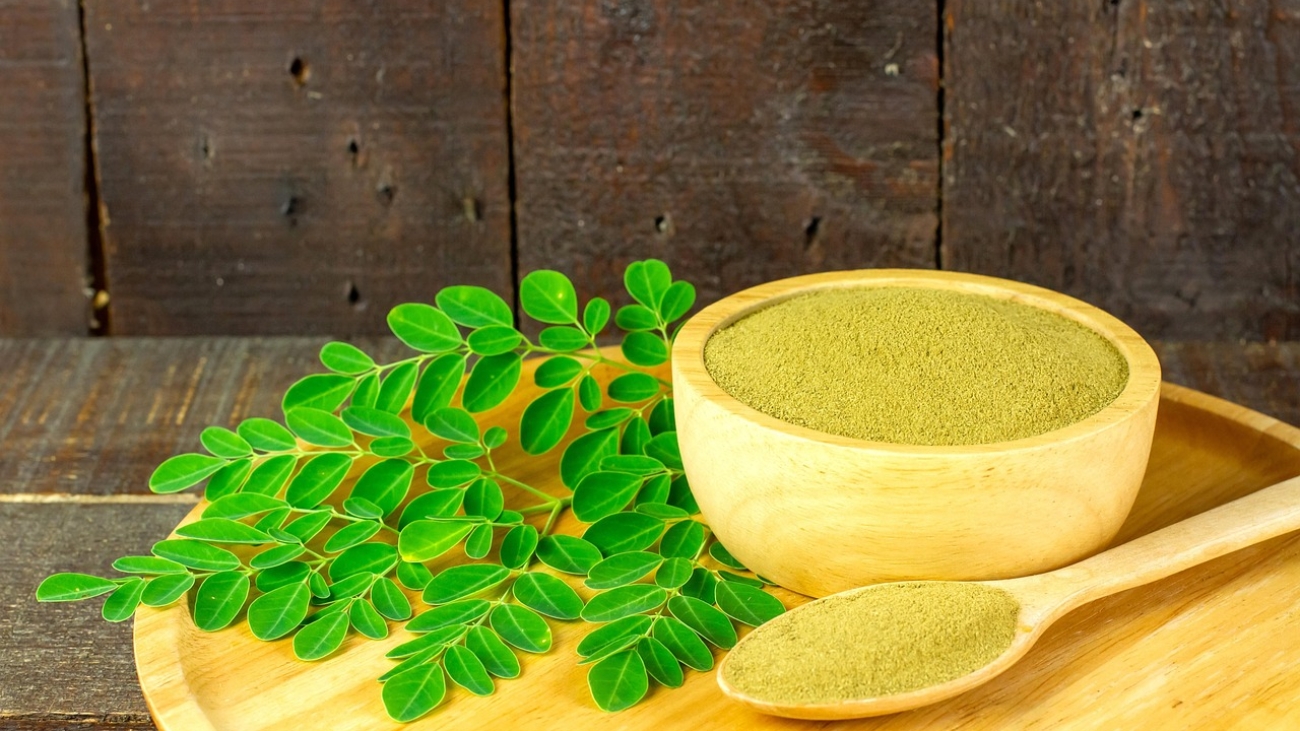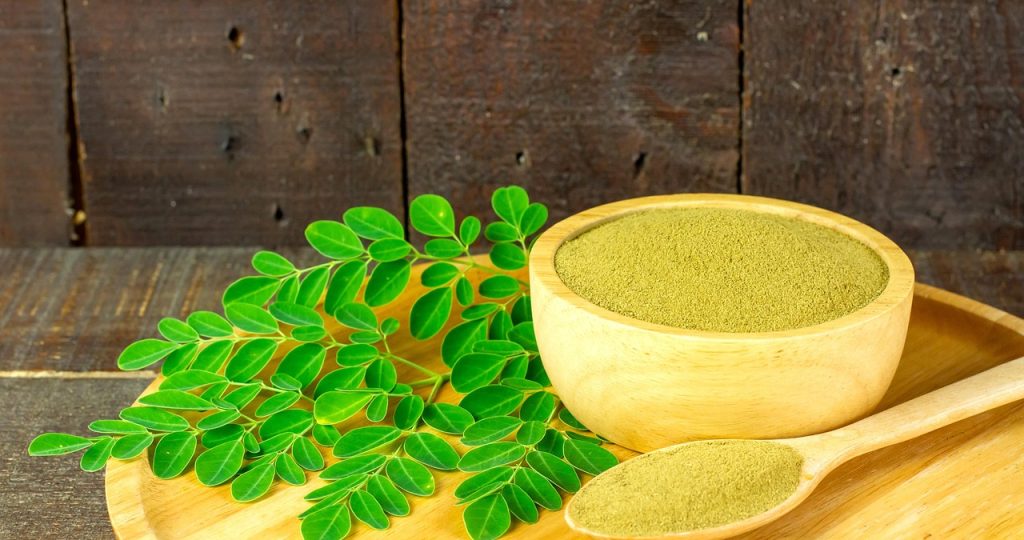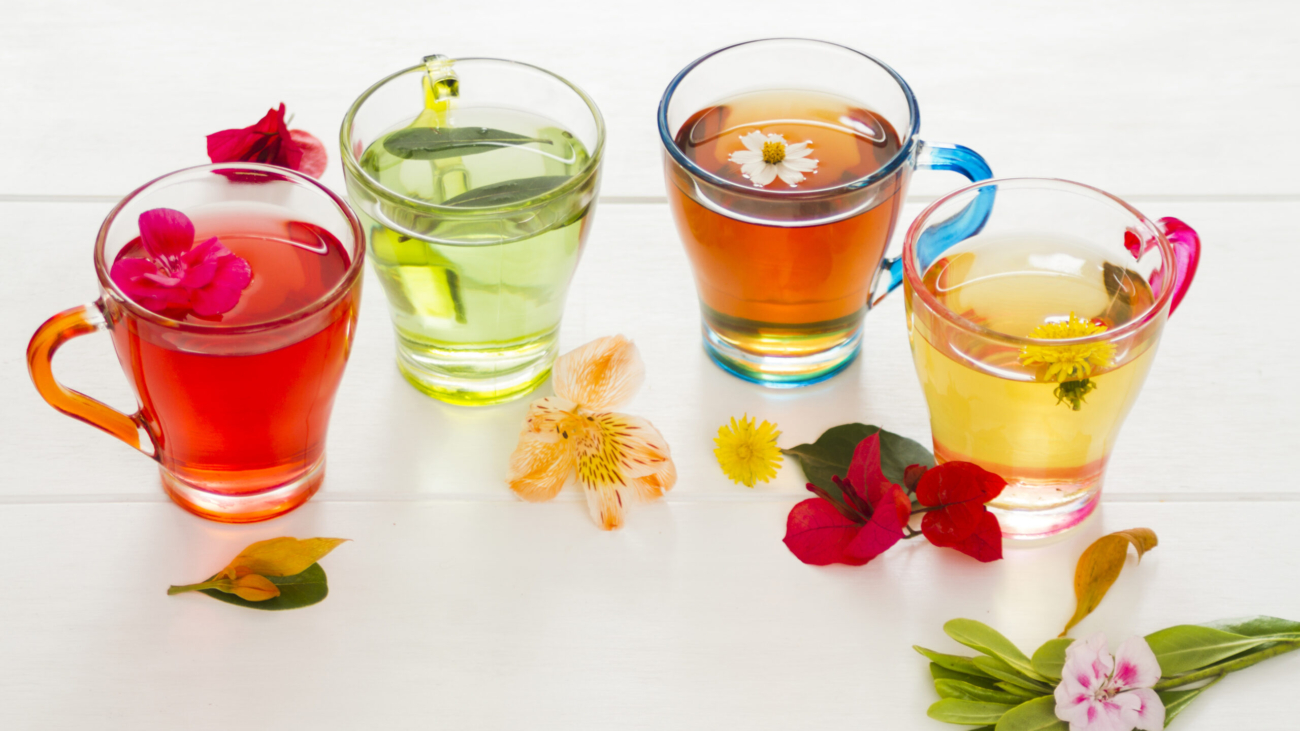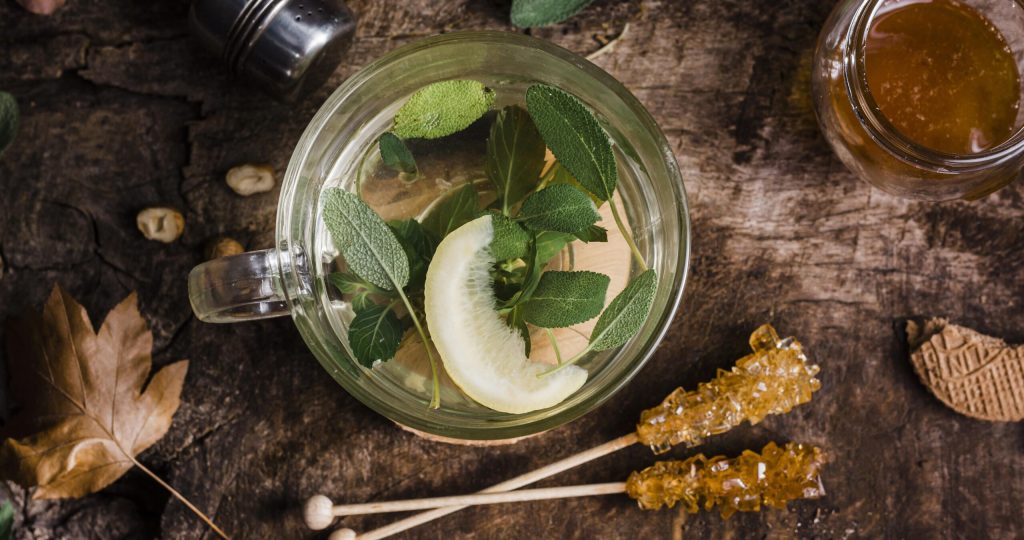Medically Written and Reviewed By: Vikas Londhe, M.Pharm (Pharmacology)

Vitamin B12 is a vital nutrient our body needs to stay healthy. It is a water-soluble vitamin; hence, it does not remain in the body for long. Because of this, we need to get it regularly from our diet or supplements. Even though vitamin B12 is essential for good health, many people don’t know how it helps the body or what can happen if they don’t get enough of it. This article will explain why vitamin B12 is so important, where we can find it in food, how the body absorbs it, the important functions it performs in the body, the warning signs of a deficiency, and how to make sure you’re getting enough every day.
What Is Vitamin B12?
Vitamin B12 is part of the B-complex group of vitamins. It is unique among vitamins because it contains the mineral cobalt; hence, it is called cobalamin. Methylcobalamin and 5-deoxyadenosylcobalamin are two active forms of vitamin B12.
Vitamin B12 is made naturally by certain bacteria and archaea. These microorganisms are the only ones that can produce vitamin B12. Plants, animals, and fungi cannot make it on their own. These bacteria are found in places like soil, water, and inside the digestive systems of animals. In animals such as cows and sheep, the bacteria live in their intestines and produce vitamin B12, which the animal can then absorb. Humans do have some of these bacteria, but not in the right part of the gut to absorb the vitamin. That’s why we need to get vitamin B12 from food or supplements.
Sources of Vitamin B12
Vitamin B12 is mostly found in foods that come from animals. People who eat a mix of different foods usually get enough of it. Good sources of B12 include meat (especially liver and beef), chicken, fish like salmon and tuna, eggs, and dairy foods such as milk, cheese, and yogurt. These foods naturally have vitamin B12. But for people who don’t eat animal-based food, like vegetarians and vegans, it can be harder to get enough B12. That’s why they need to eat fortified foods or take B12 supplements. Fortified foods are made with extra B12 added to them during processing. These include breakfast cereals, nutritional yeast, and plant-based milk like soy, almond, or oat milk that says fortified with B12 on the label.
B12 supplements are also helpful. They come as pills or sublingual tablets. These make sure, people who vegetarian foods still get enough vitamin B12 to stay healthy
How Vitamin B12 is absorbed?
Vitamin B12 absorption is a step-by-step process that mainly happens in the mouth, stomach, and small intestine:
Release from food:
When you eat foods that contain vitamin B12 (like meat, eggs, or dairy products), the vitamin B12 is attached to protein, and it must be released before absorption. When food is mixed with saliva, some of the vitamin B12 is released and binds to a protein called haptocorrin. Further in the stomach, hydrochloric acid and digestive enzymes help break down the remaining food and release the B12, which again binds to haptocorrin.
Binding with Intrinsic Factor:
In the duodenum, digestive enzymes separate B12 from haptocorrin, where vitamin B12 binds with a special protein called intrinsic factor, which is made in the stomach. This step is very important because without the intrinsic factor, your body can’t absorb B12 properly.
Absorption in the small intestine
The B12-intrinsic factor complex travels into the small intestine, where it is absorbed into the bloodstream, mostly in the last part of the small intestine called the ileum.
Transport in the blood
Once absorbed, vitamin B12 is carried by proteins in the blood to be used by the body wherever it is needed, especially in making red blood cells, keeping nerves healthy, and supporting brain function.
Important functions of Vitamin B12
Role in Myelination
Myelin is the fatty layer that surrounds nerve fibers called axons and provides insulation, which further helps in the rapid and smooth transportation of electric impulses.
Vitamin B12 is the cofactor in methionine synthase, an enzyme which converts homocysteine to methionine. Methionine is a precursor to S-adenosylmethionine (SAM), a universal methyl donor used in the methylation of myelin basic protein and phospholipids critical for maintaining myelin integrity.
B12 is also a cofactor for methylmalonyl-CoA mutase, which converts methylmalonyl-CoA to succinyl-CoA in the metabolism of propionate, a short-chain fatty acid. A vitamin B12 deficiency can lead to a buildup of methylmalonic acid (MMA), which can disrupt fatty acid synthesis and contribute to abnormal myelin formation or degradation.
Role in the Central Nervous System
Neurotransmitter Synthesis
By methylation reactions, vitamin B12 indirectly supports the synthesis of neurotransmitters such as dopamine, serotonin, and norepinephrine, which are essential for cognitive and emotional function.
Neuronal Repair
Vitamin B12 is critical for the regeneration and repair of neurons and glial cells.
Prevention of Neurodegeneration
Prolonged deficiency can lead to subacute combined degeneration of the spinal cord, characterized by demyelination of the posterior and lateral columns, resulting in symptoms like ataxia, paresthesia, and cognitive disturbances.
Red Blood Cell Formation
Vitamin B12 (cobalamin) plays a crucial role in the production of red blood cells (RBCs) through its involvement in DNA synthesis and the maturation of erythrocytes.
Once vitamin B12 reaches to bloodstream, vitamin B12 binds to the transcobalamin II, which carries vitamin B12 to the bone marrow and other cells.
Bone marrow takes up the B12-transcobalamin II complex via receptor-mediated endocytosis. Vitamin B12 is converted into two active forms, methylcobalamin (in the cytoplasm) and adenosylcobalamin (in the mitochondria). Methylcobalamin is particularly important in red blood cell production because it serves as a coenzyme for methionine synthase, an enzyme that catalyzes the conversion of homocysteine to methionine. This reaction is vital for regenerating tetrahydrofolate (THF), a form of folate required for synthesizing purines and thymidine, key components of DNA. Adequate DNA synthesis is crucial in rapidly dividing cells, especially erythroblasts (red blood cell precursors) in the bone marrow. When DNA synthesis proceeds normally, erythroblasts can divide and mature properly, leading to the formation of healthy, functional red blood cells with normal size and hemoglobin content.
Deficiency of Vitamin B12
The deficiency of vitamin B12 can lead to severe complications.
RBC Formation
DNA synthesis becomes impaired in vitamin B12 deficiency while RNA and protein synthesis remain unaffected. This leads to the development of abnormally large and immature cells known as megaloblasts. These defective erythroid cells often undergo premature destruction within the bone marrow, a condition referred to as ineffective erythropoiesis. As a result, less red blood cells are released into the circulation, and those that do appear abnormally large (macrocytic) and functionally impaired, leading to a condition known as megaloblastic anemia. In more severe cases, other blood cell lines, such as white blood cells and platelets, may also be reduced due to disrupted DNA synthesis.
Therefore, vitamin B12 is vital for maintaining healthy red blood cell production and overall hematologic function.
In Myelination and CNS
A deficiency can result in demyelination, which disrupts nerve signal transmission and causes neurological symptoms such as numbness, tingling, balance issues, and even cognitive impairment. The central nervous system (CNS) is especially vulnerable, and prolonged deficiency can lead to irreversible nerve damage and psychiatric symptoms.
Conclusion
Vitamin B12 is a critical nutrient that supports many essential functions in the body, including red blood cell formation, nervous system health, and DNA synthesis. Despite its importance, it is often neglected until deficiency symptoms arise, which can be severe and even irreversible if left untreated.
Ensuring an adequate intake of vitamin B12 through diet or supplements is particularly important for individuals with restricted diets, such as vegetarians and vegans. By understanding how B12 works in the body and recognizing the signs of deficiency, we can take proactive steps to maintain optimal health and prevent long-term complications.
References
Vitamin B12, National Institute of Health, US Department of Health and human Services, available from https://ods.od.nih.gov/factsheets/VitaminB12-HealthProfessional/
Vitamin B12, The Nutrition Source, Harvard T.H. Chan, School of Public Health, available from https://nutritionsource.hsph.harvard.edu/vitamin-b12/
Obeid R, Heil SG, Verhoeven MMA, van den Heuvel EGHM, de Groot LCPGM and Eussen SJPM (2019) Vitamin B12 Intake From Animal Foods, Biomarkers, and Health Aspects. Front. Nutr. 6:93. doi: 10.3389/fnut.2019.00093
Jean-Louis Guéant, Rosa-Maria Guéant-Rodriguez, David H. Alpers, Chapter Nine – Vitamin B12 absorption and malabsorption, Editor(s): Gerald Litwack, Vitamins and Hormones, Academic Press, Volume 119, 2022, Pages 241-274, https://doi.org/10.1016/bs.vh.2022.01.016
5. Vitamin B12 – an important protection for strong nerves, worwag pharma, available from https://www.woerwagpharma.de/en/news-detail-page/vitamin-b12-ein-wichtiger-schutz-fuer-gute-nerven
Reynolds E. Vitamin B12, folic acid, and the nervous system. Lancet Neurol. 2006 Nov;5(11):949-60. Doi: 10.1016/S1474-4422(06)70598-1. PMID: 17052662.
Mathew, A.R.; Di Matteo, G.; La Rosa, P.; Barbati, S.A.; Mannina, L.; Moreno, S.; Tata, A.M.; Cavallucci, V.; Fidaleo, M. Vitamin B12 Deficiency and the Nervous System: Beyond Metabolic Decompensation—Comparing Biological Models and Gaining New Insights into Molecular and Cellular Mechanisms. Int. J. Mol. Sci.2024, 25, 590. https://doi.org/10.3390/ijms25010590
.Bellazzi, F.; Bertolaso, M. Emergence in Complex Physiological Processes: The Case of Vitamin B12 Functions in Erythropoiesis. Systems2024, 12, 131. https://doi.org/10.3390/systems12040131
Koury MJ, Ponka P. New insights into erythropoiesis: the roles of folate, vitamin B12, and iron. Annu Rev Nutr. 2004; 24:105-31. Doi: 10.1146/annurev.nutr.24.012003.132306. PMID: 15189115.





